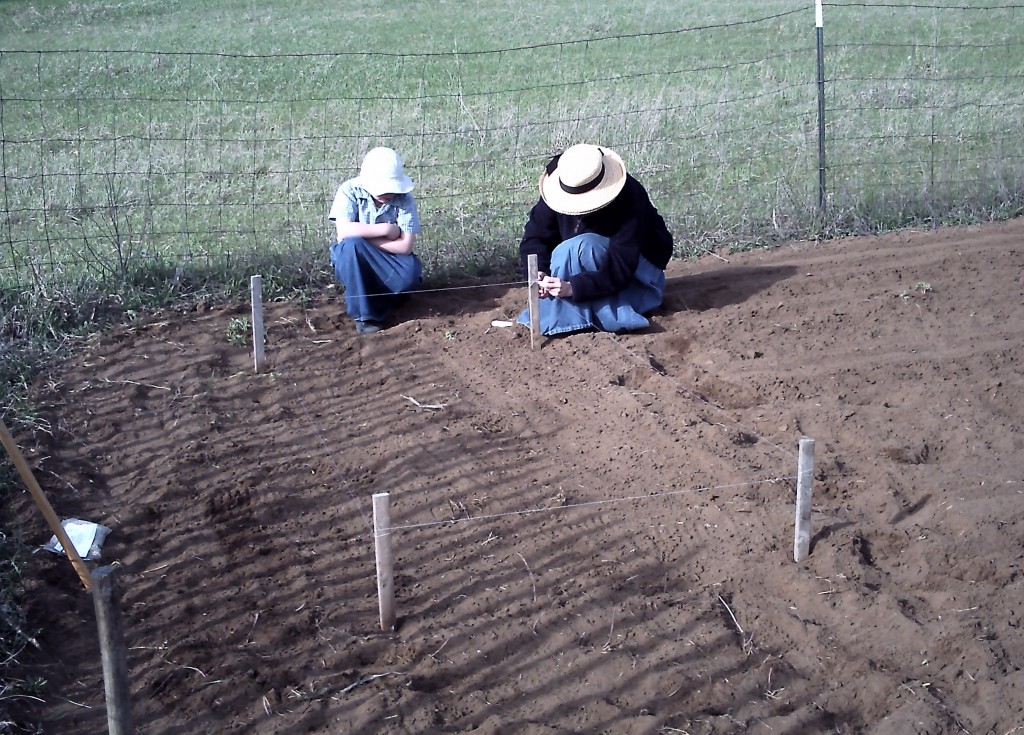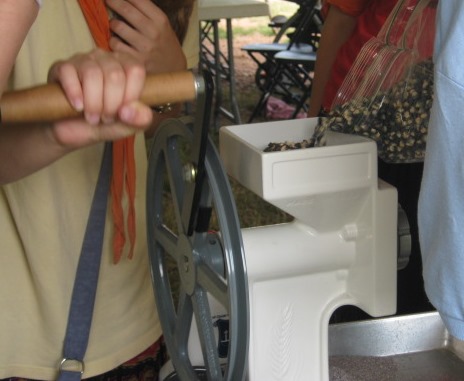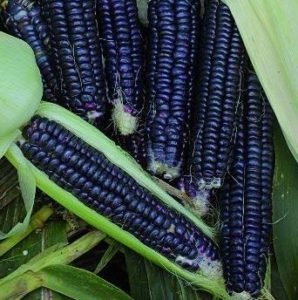Q. I’m in Southern California, and it is HOT here, I’m looking for some heat tolerant greens. I saw you have the Malabar Spinach and that’s supposed to be pretty good for zone 9/10… Do you have any recommendations of heat tolerant varieties lettuce, spinach, cucumbers etc. Anything else you can recommend based on what you’ve seen growing in your garden?
A. Thank you for your patience in awaiting the list. 🙂 We took your requested varieties and expanded our search, deciding to make it a topic to share with all customers who live in extreme heat areas. Thank you for sparking this research! Below the lists, we also have added some links to articles you may find helpful, and some tips that are helpful when gardening in high heat. We hope you find this helpful. May God bless your gardening efforts! Continue reading Heirloom Seed Varieties for Extreme Heat Conditions
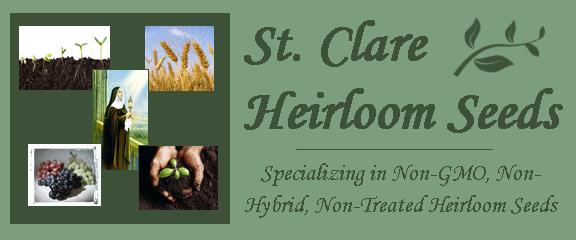
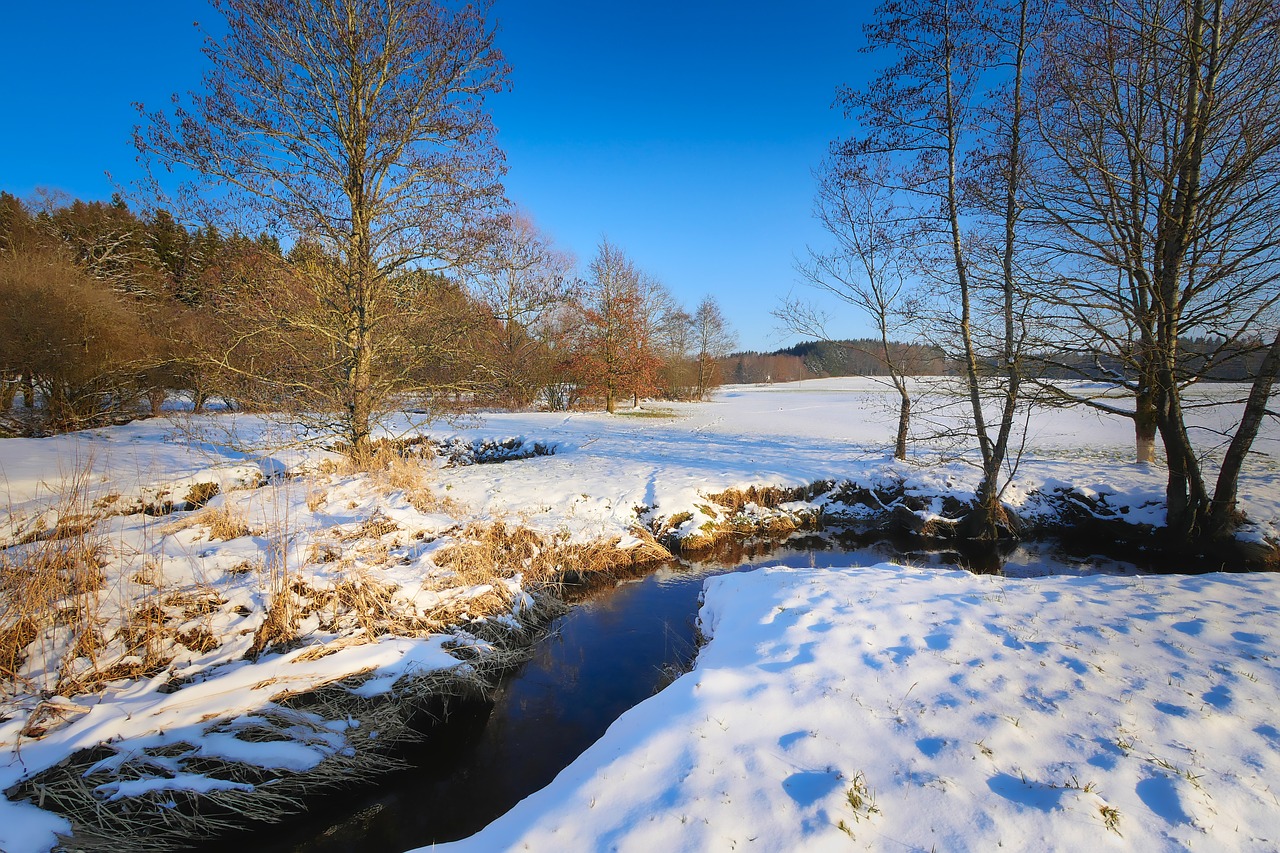

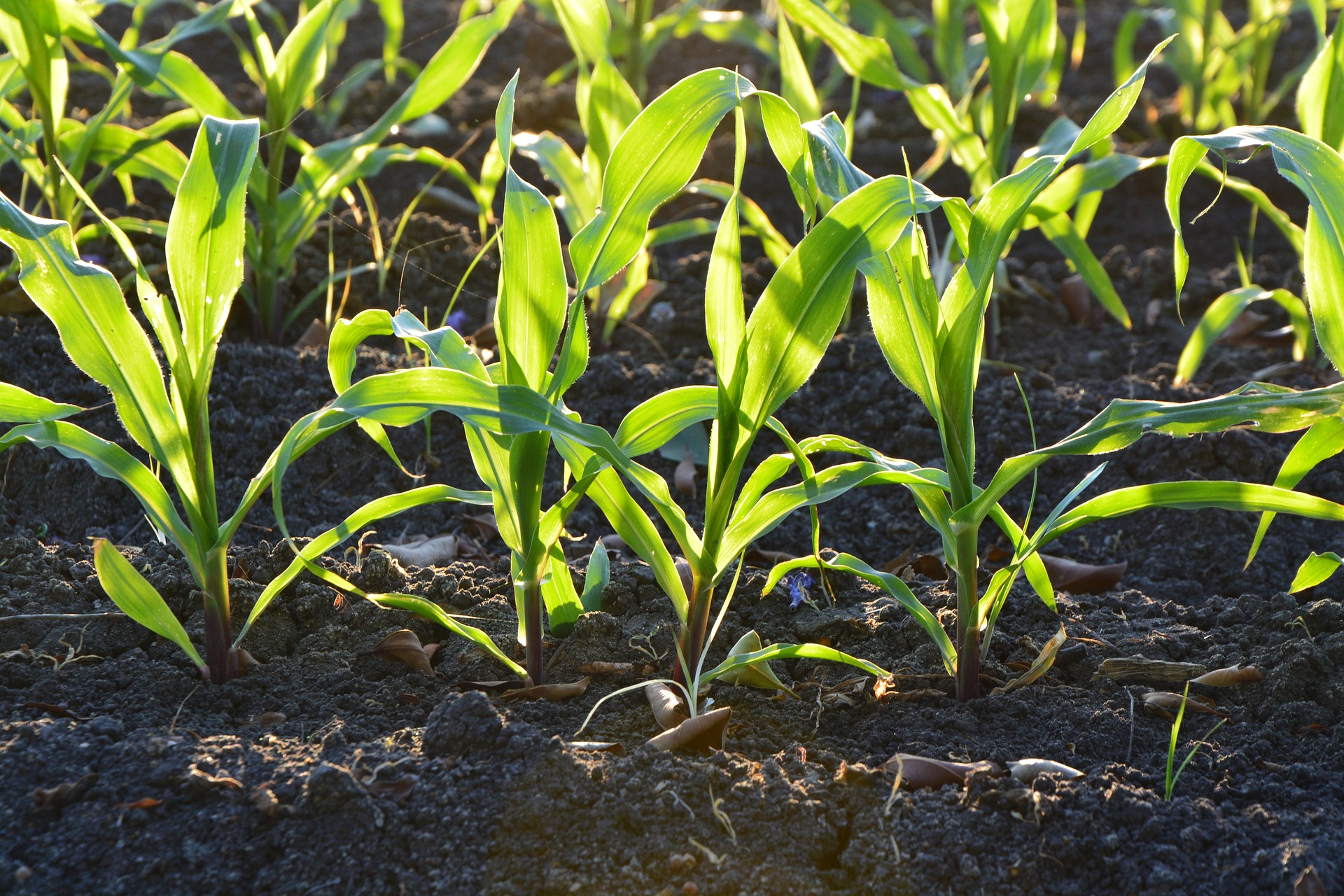
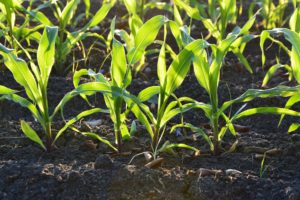 “Start at the very beginning, a very good place to start”
“Start at the very beginning, a very good place to start”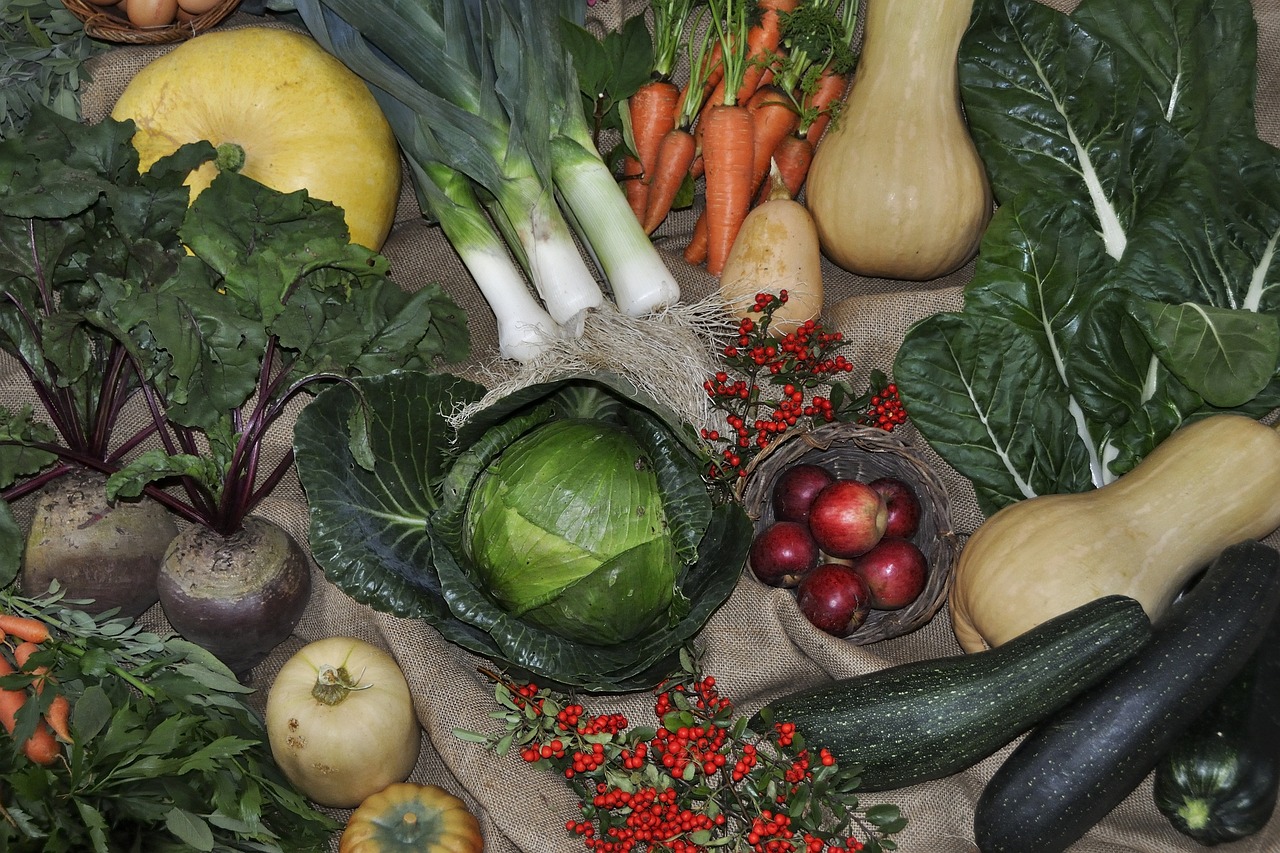
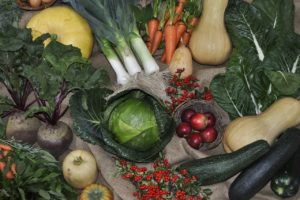

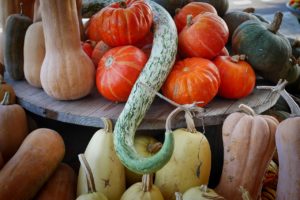
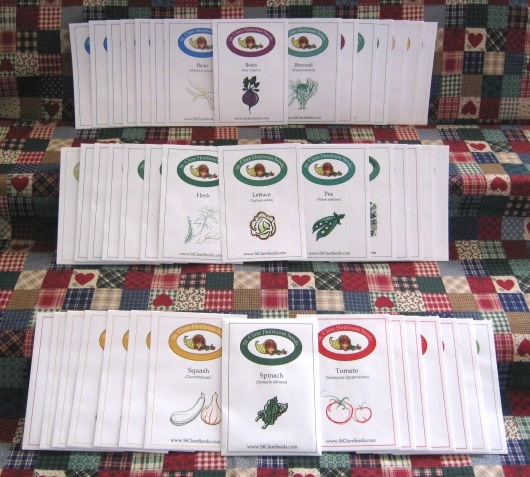
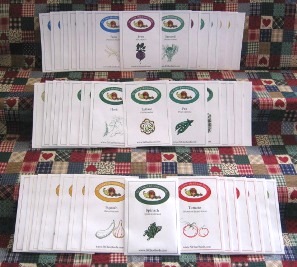
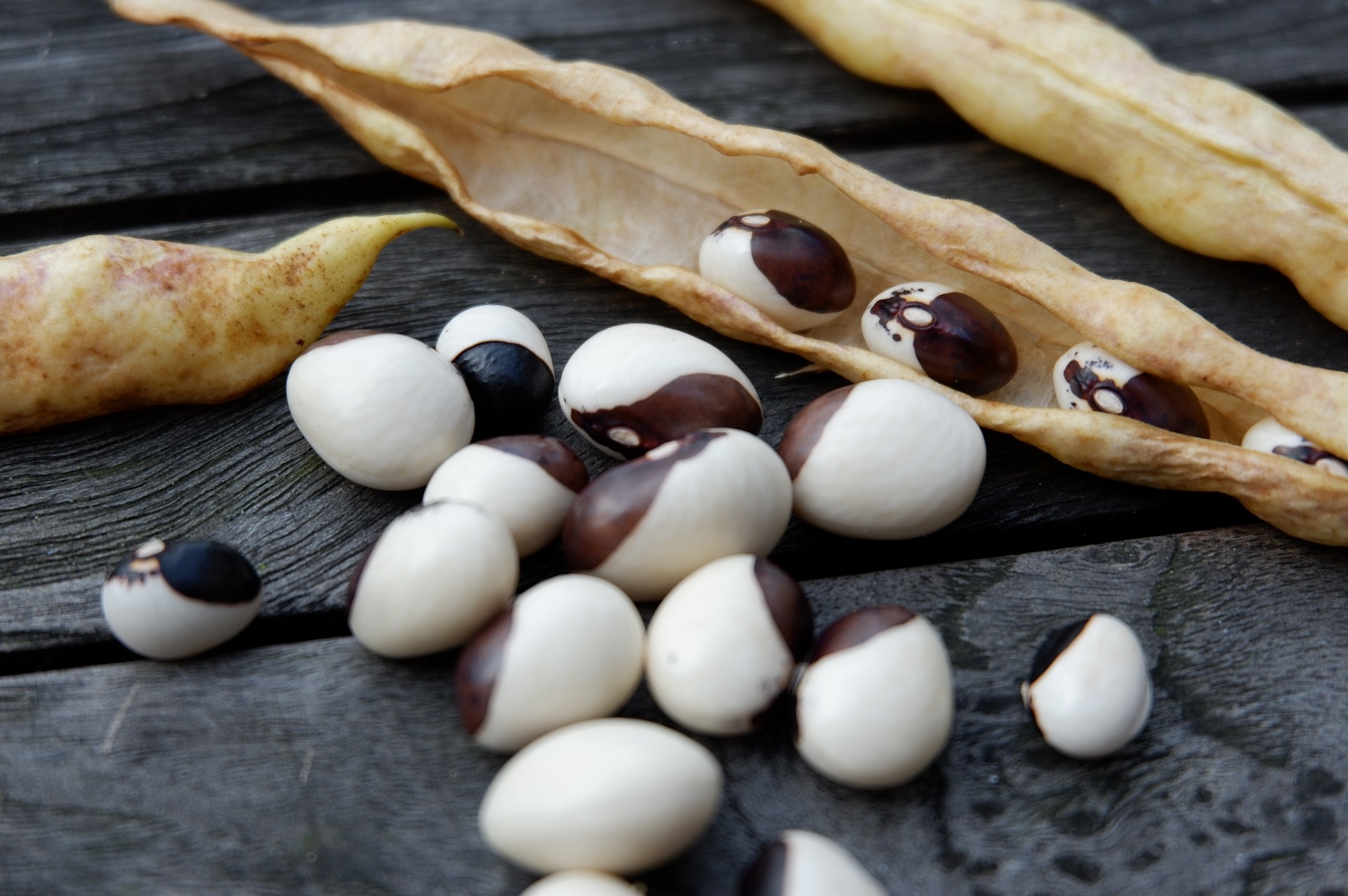

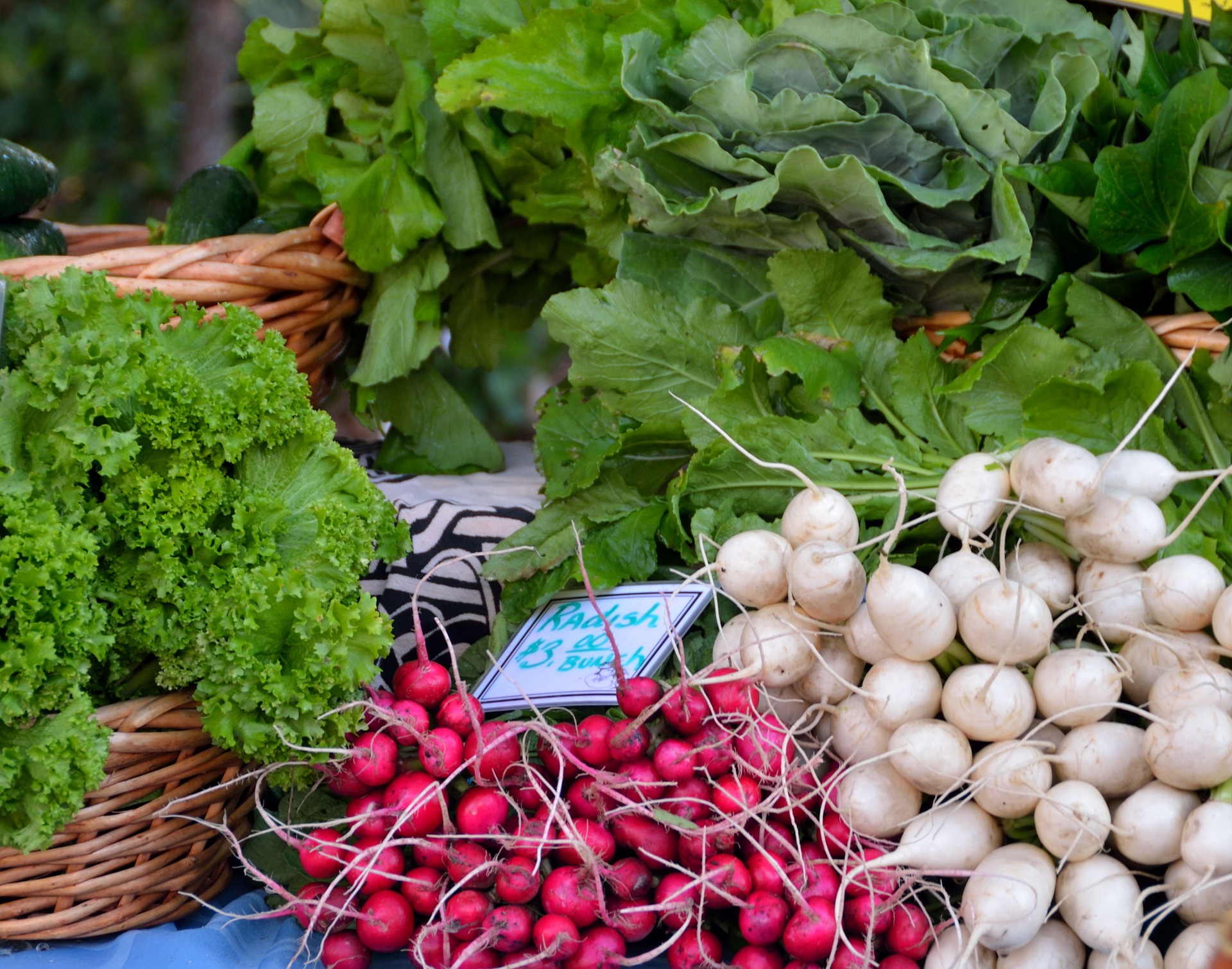

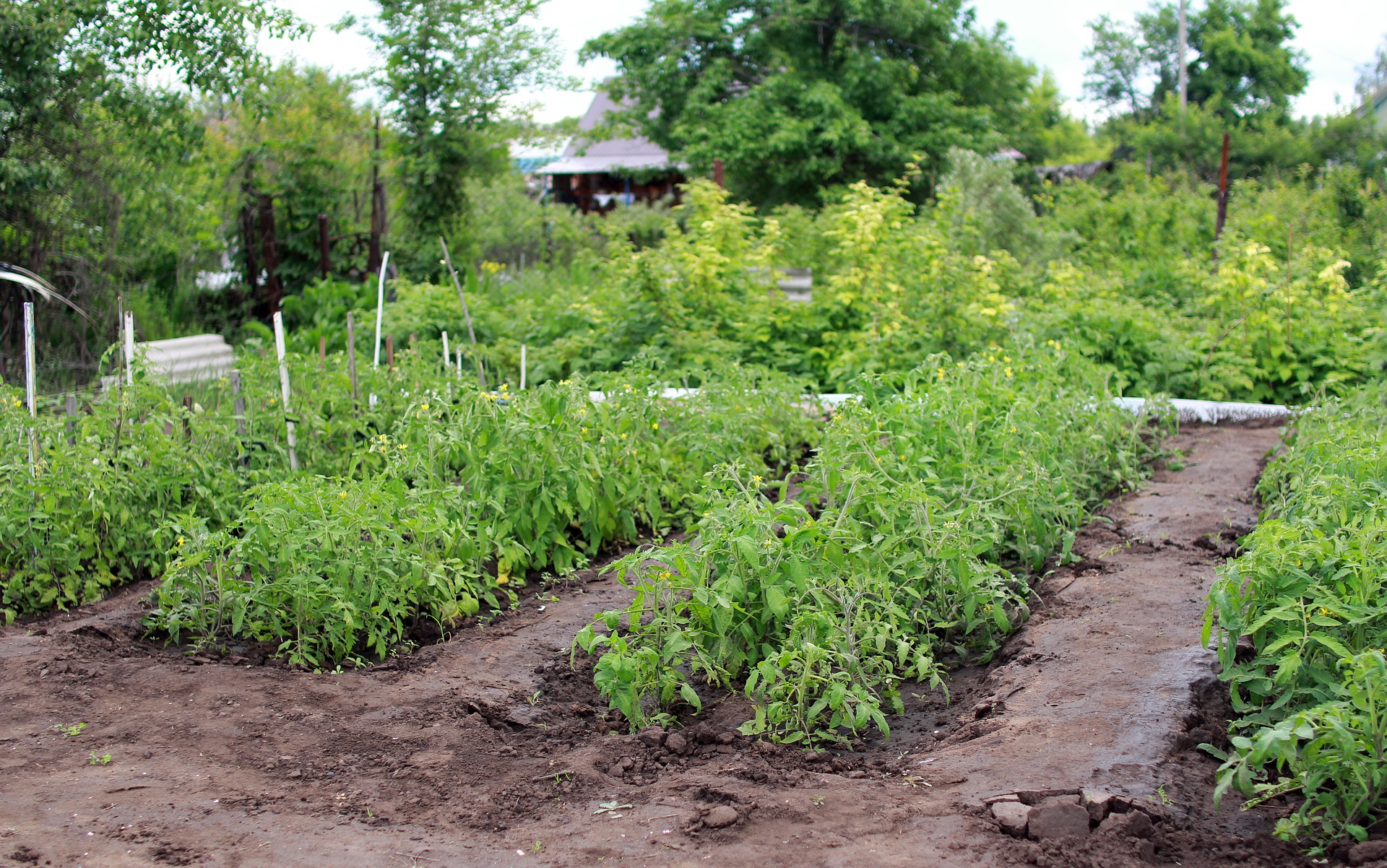

 Open Pollinated / Heirloom
Open Pollinated / Heirloom 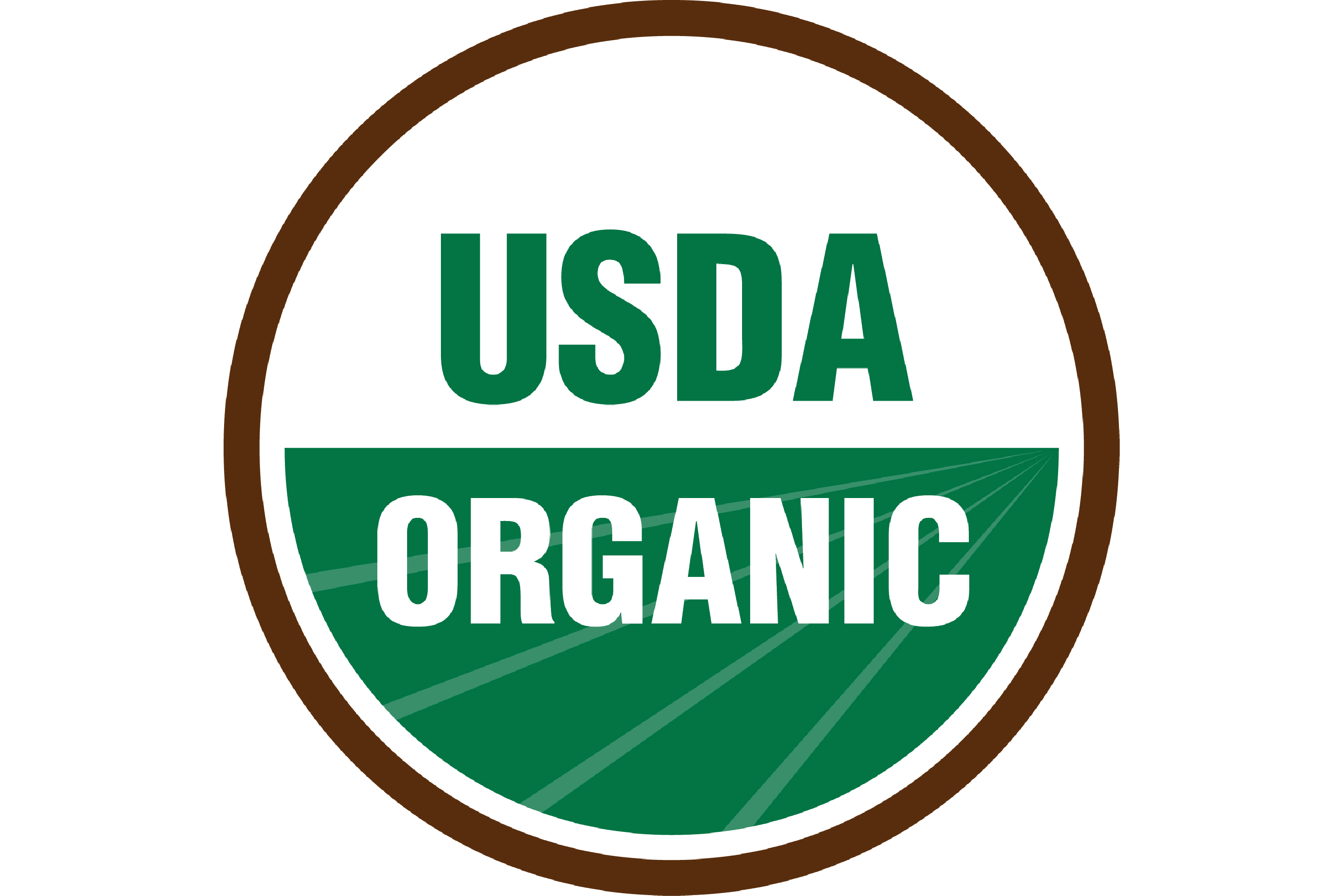
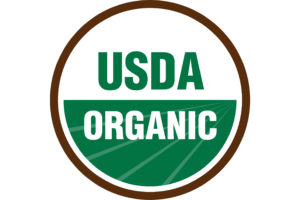
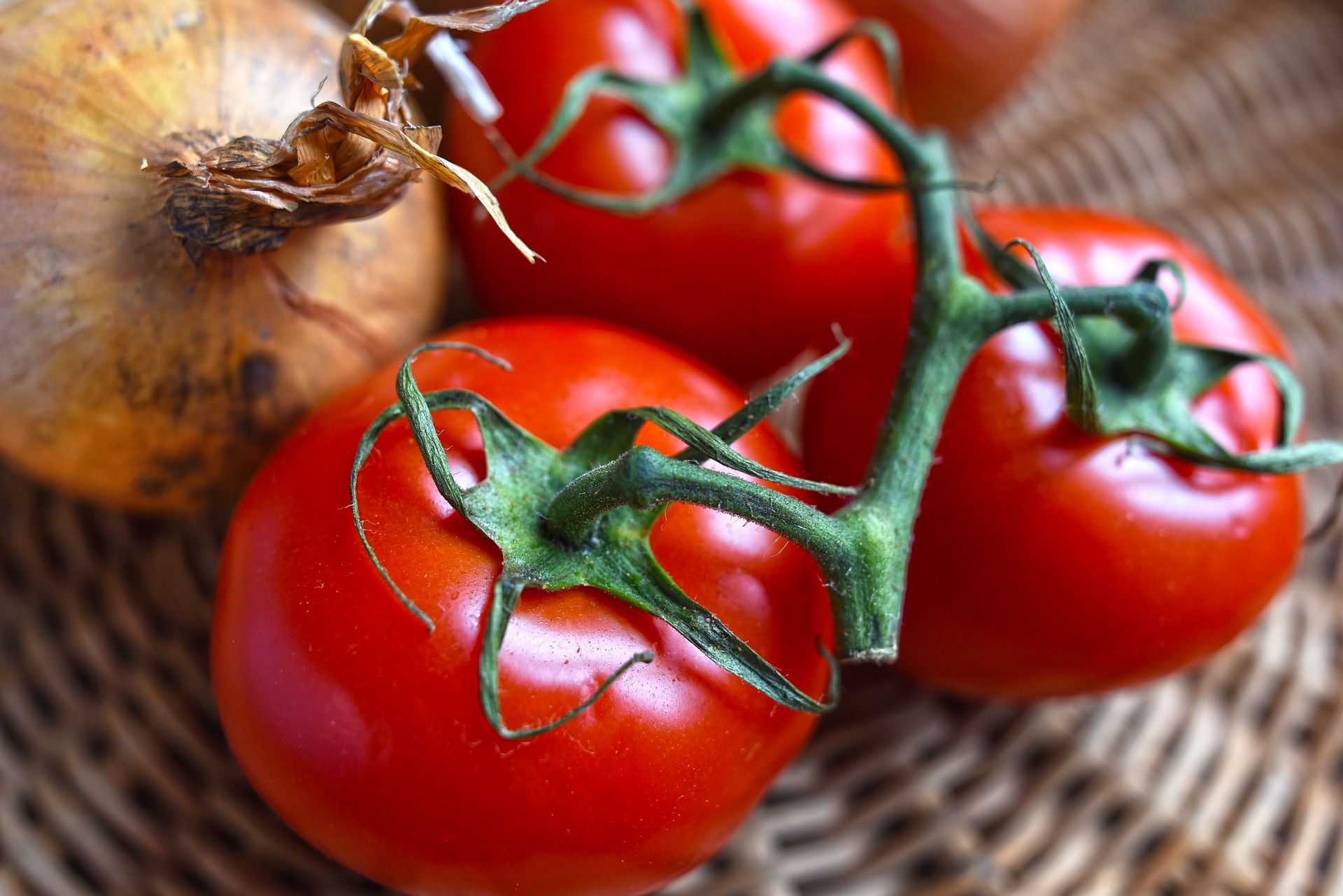
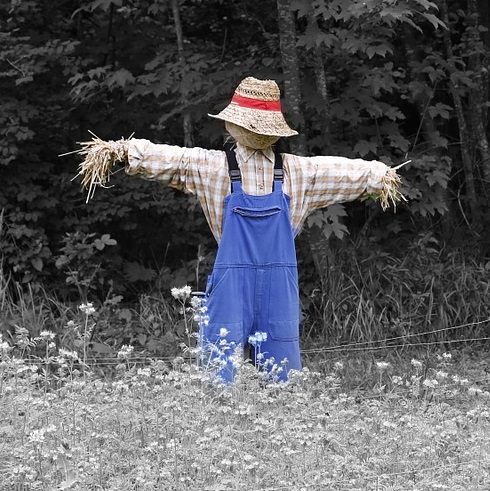

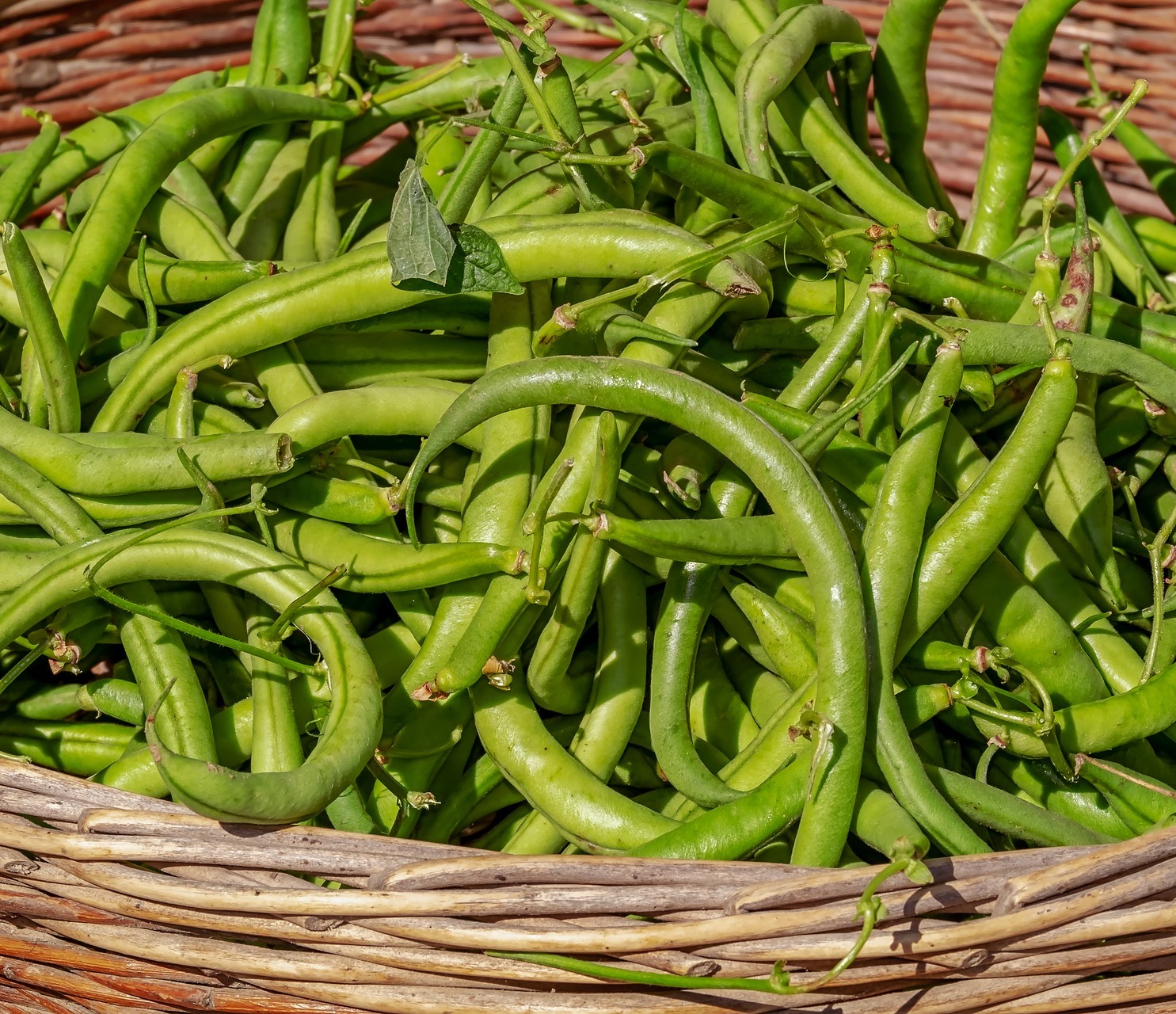












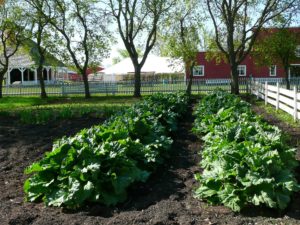 Selecting a Garden Site for your
Selecting a Garden Site for your